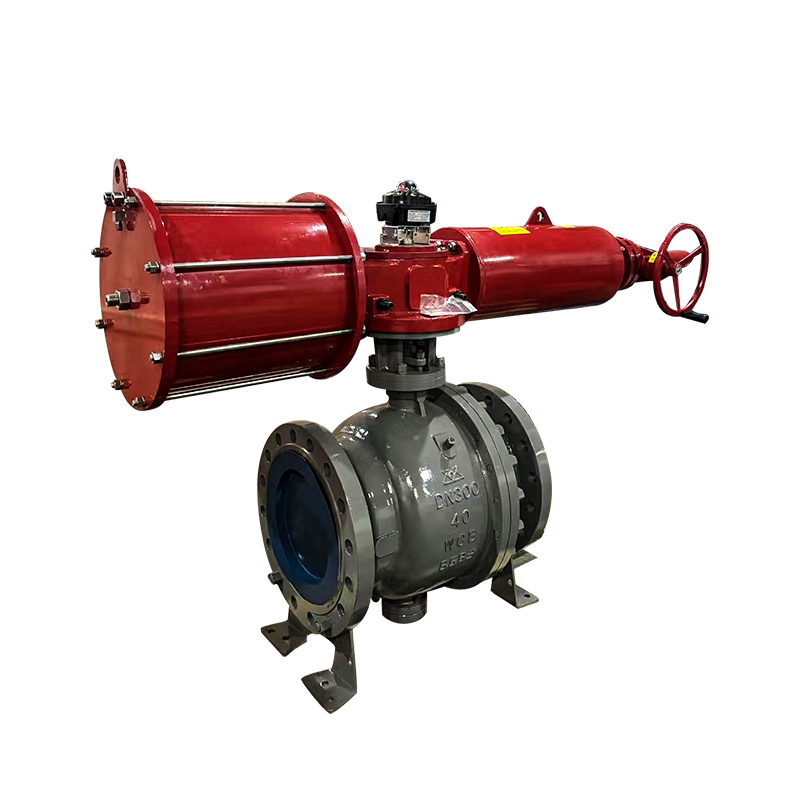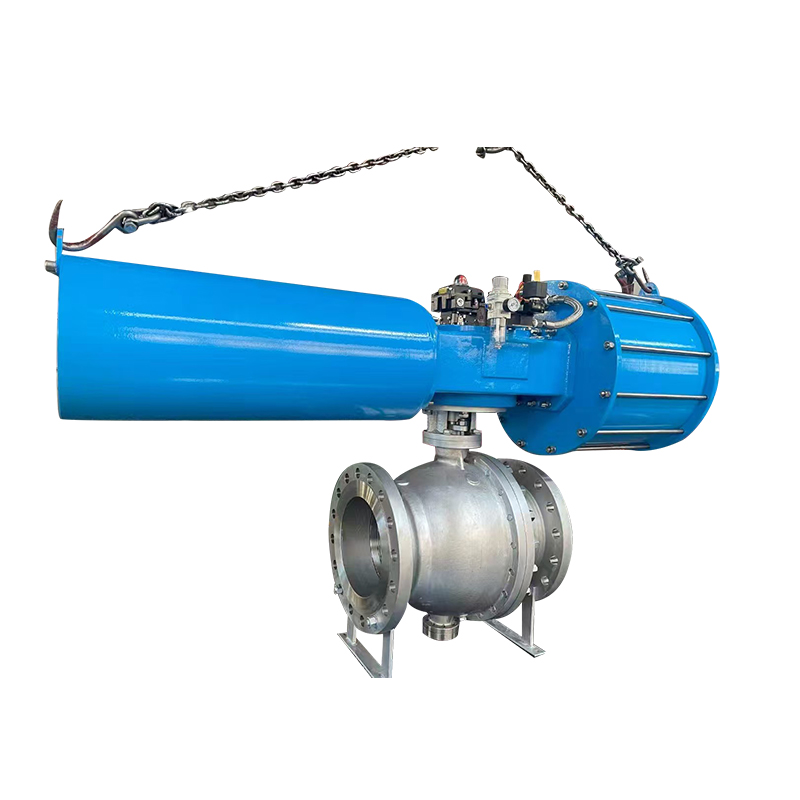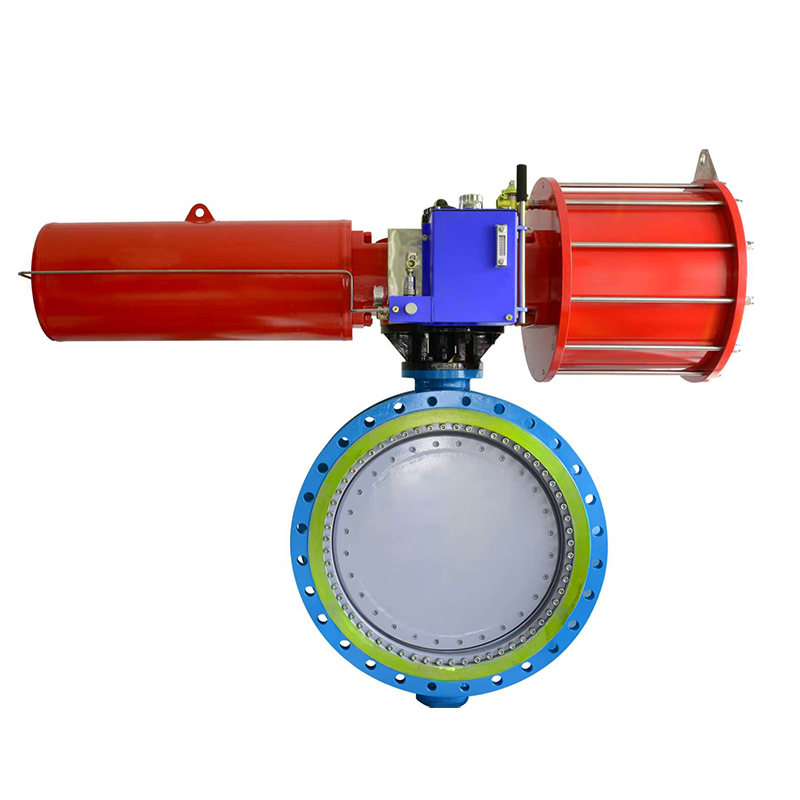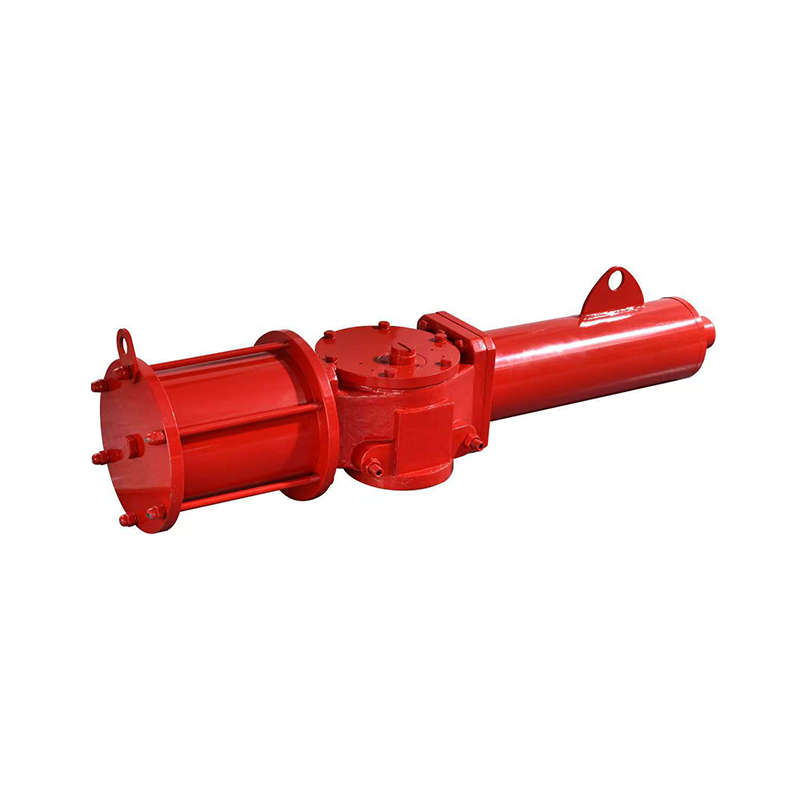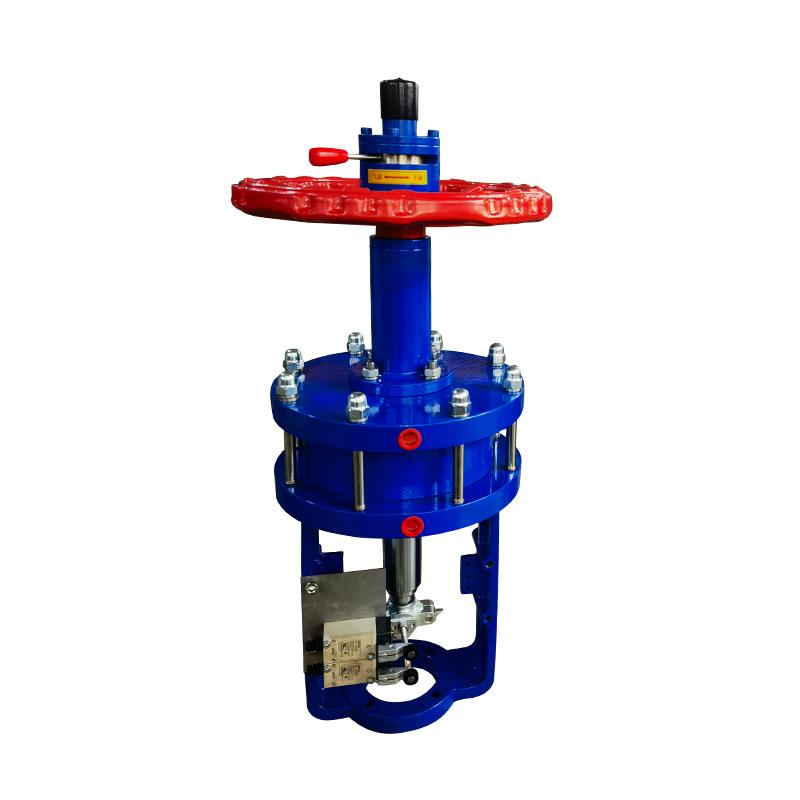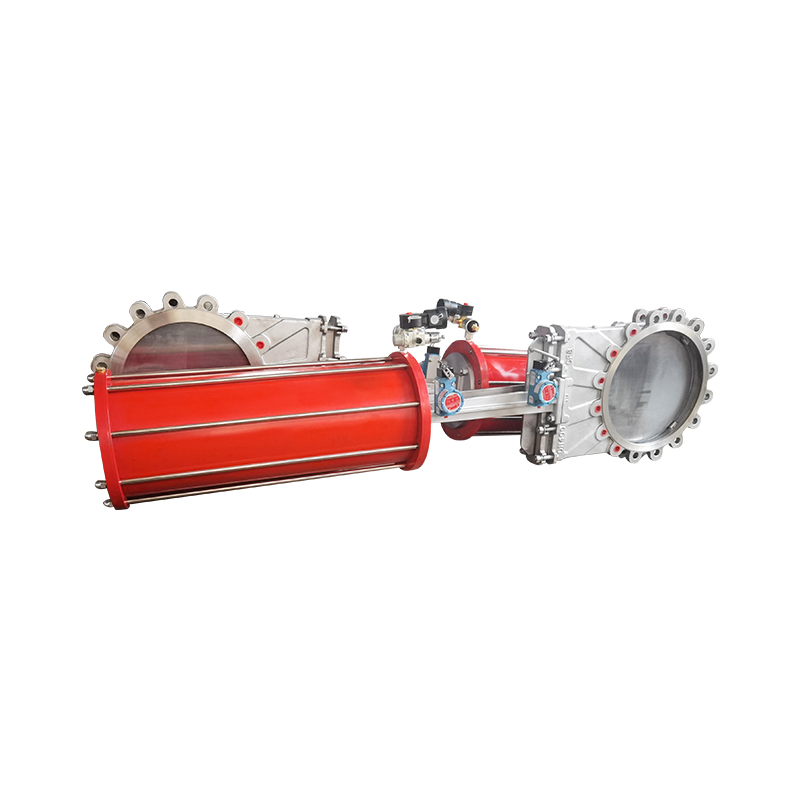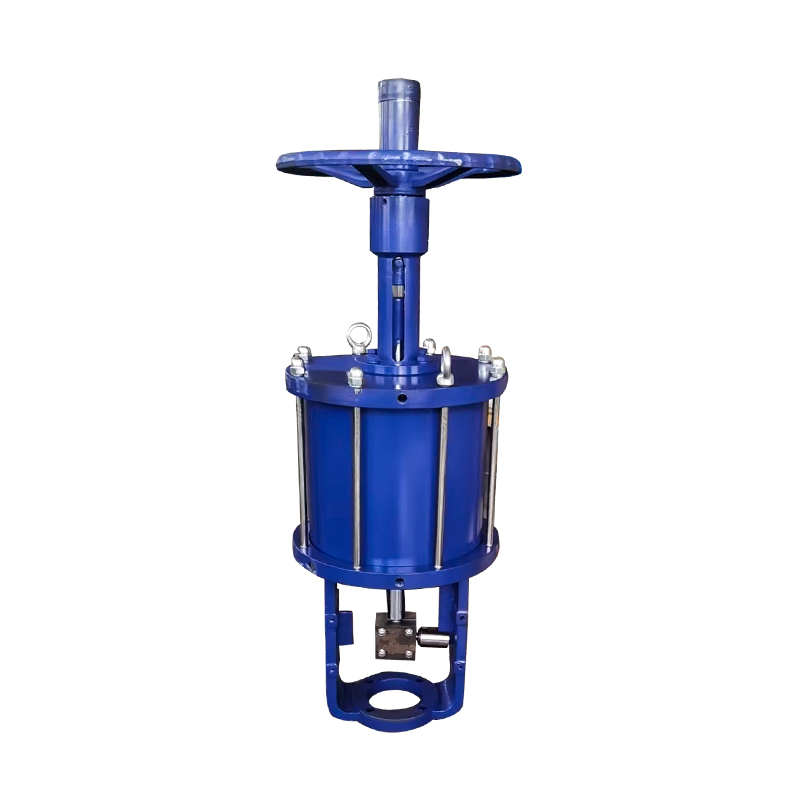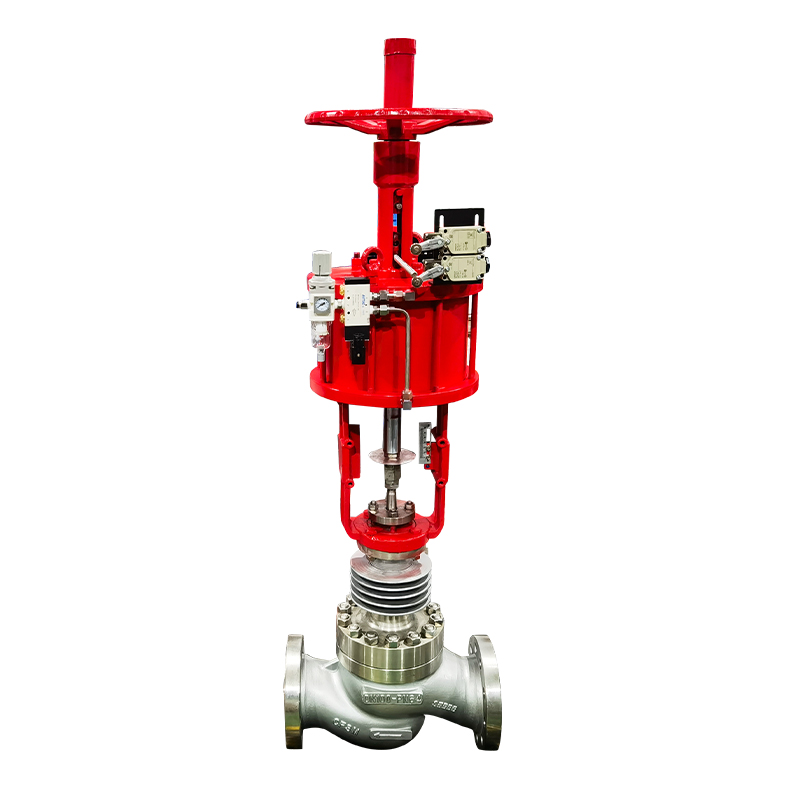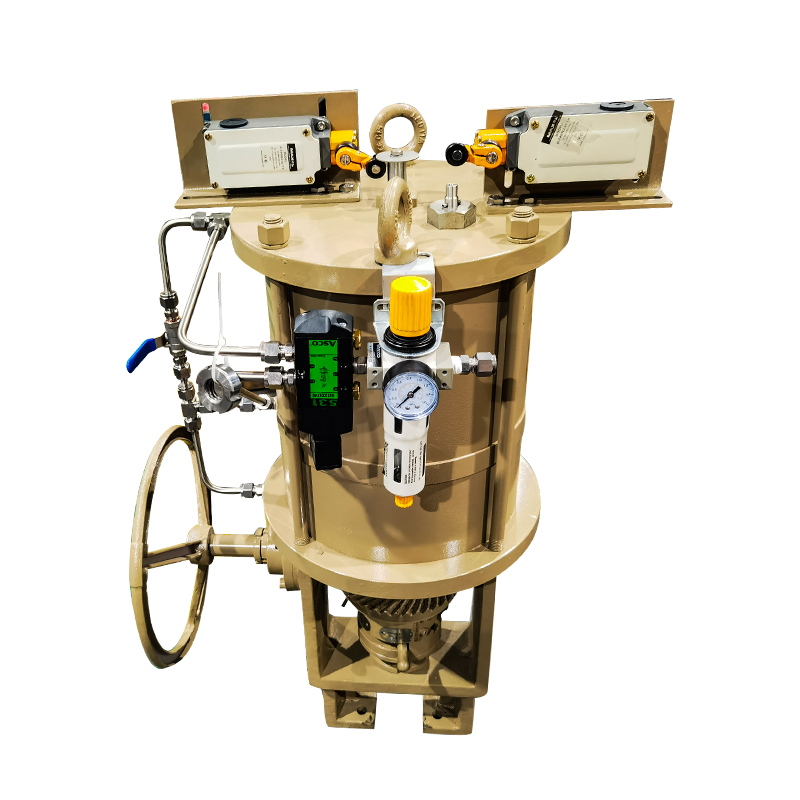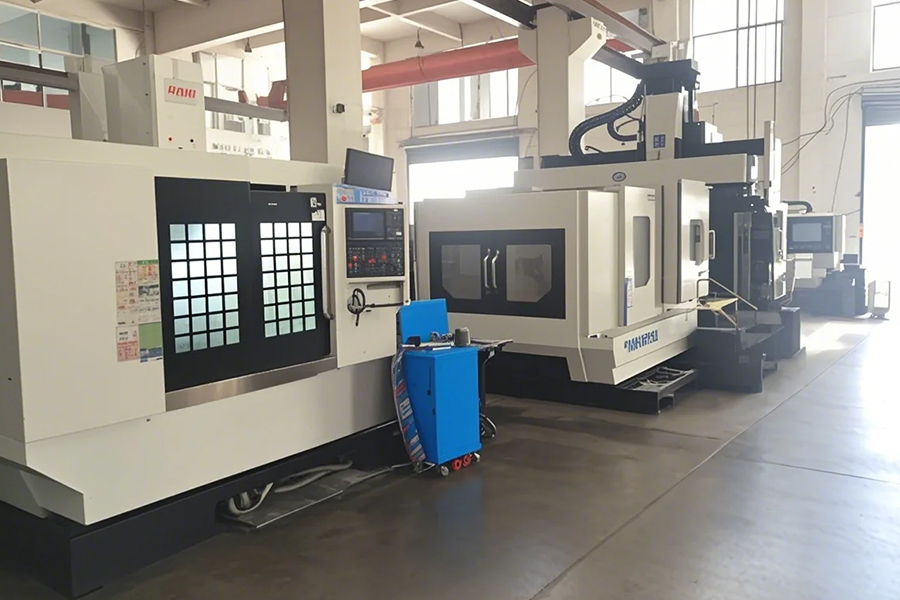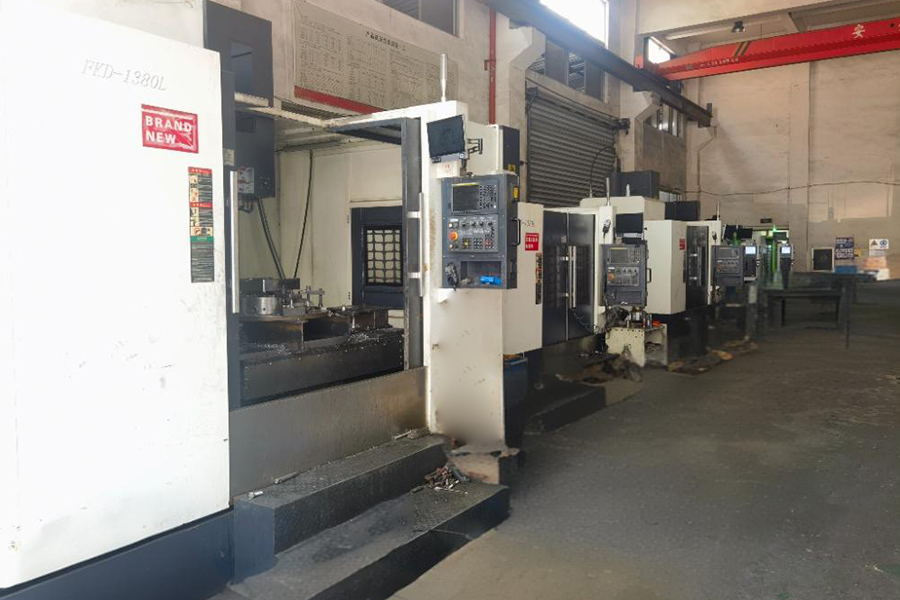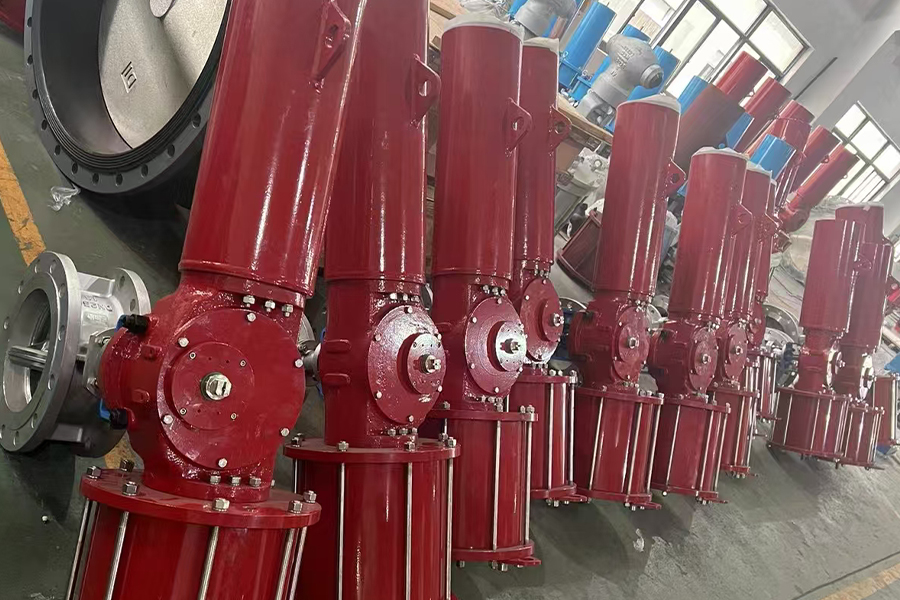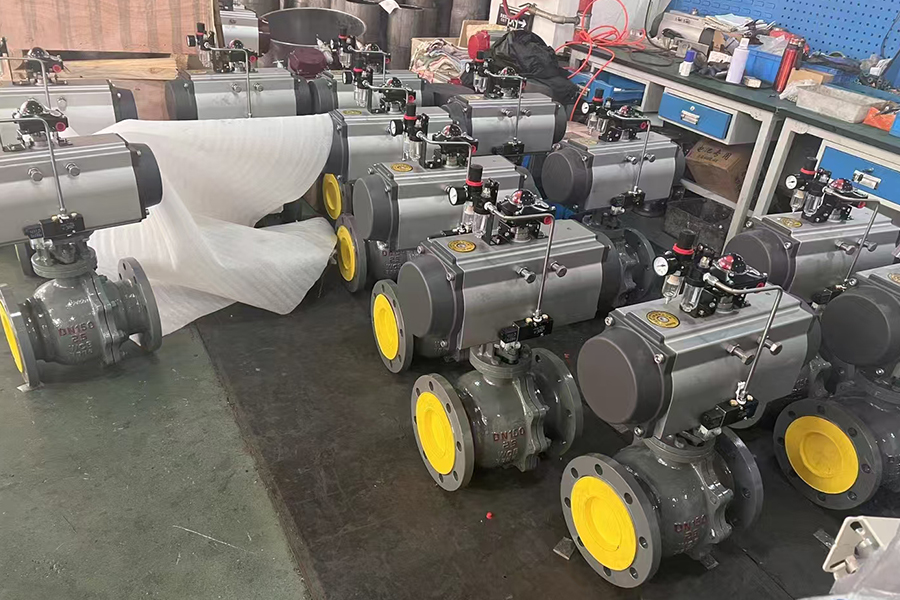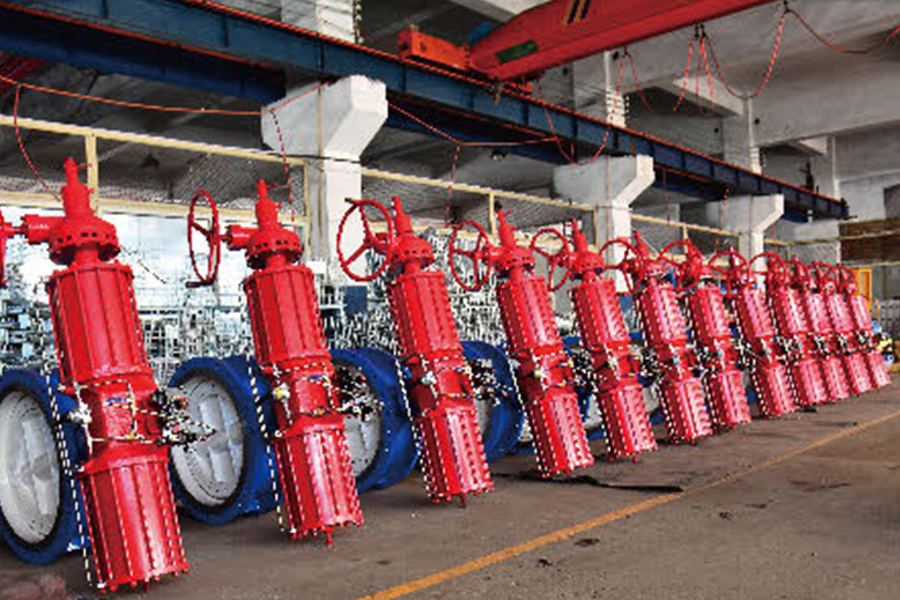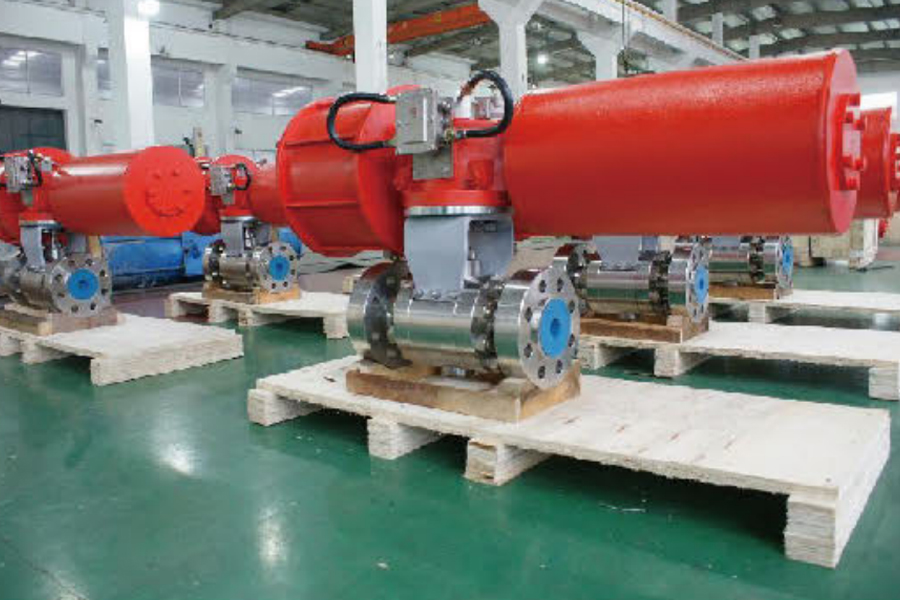The On/Off Ball Valve with Pneumatic Actuator is a vital component in many industrial and commercial applications, providing efficient flow control in systems that require precise and quick response times. These valves, when combined with a pneumatic actuator, are commonly used to control the opening and closing of pipelines or ducts, offering a reliable and fast method of isolating or regulating fluid flow.
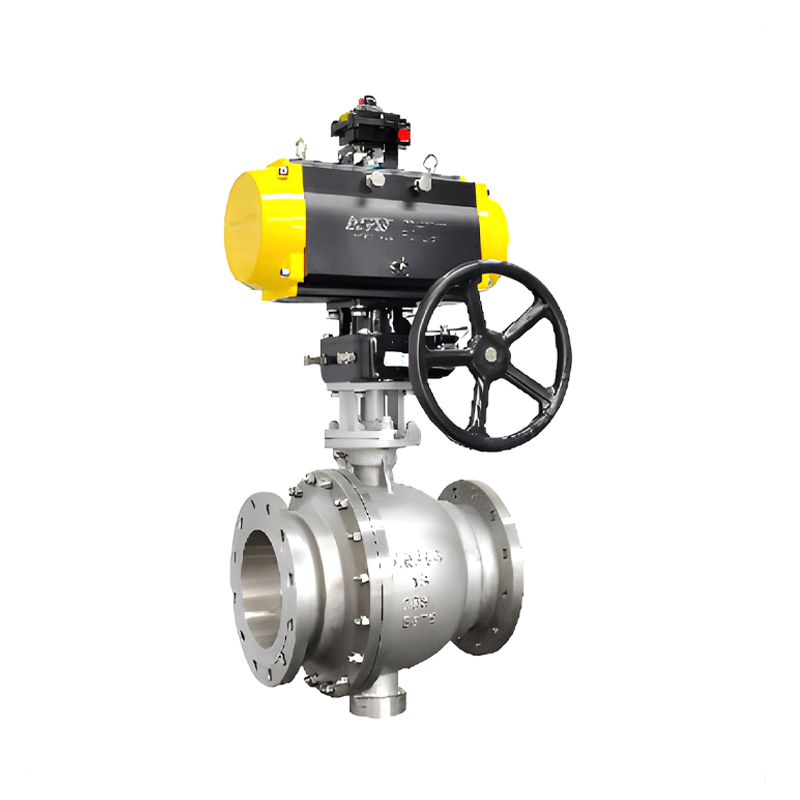
The ball valve itself consists of a spherical ball with a hole (or bore) through the center. When the valve is open, the ball allows fluid to flow through the hole. When closed, the ball rotates to block the flow. The pneumatic actuator is a device powered by compressed air, which enables the valve to open or close without manual operation. Pneumatic actuators are particularly suited for applications requiring automation and remote control, as they offer fast response times, high reliability, and simple operation.
The primary function of an On/Off Ball Valve with Pneumatic Actuator is to either fully open or fully close a pipeline or system. This means that the valve does not offer variable flow control but instead works in an on/off state, providing either full flow or complete shutoff. This is ideal for applications where flow control does not need to be modulated, but rather requires complete isolation or flow passage.
These valves are often used in applications where fast, reliable shutoff is critical, such as in gas and liquid pipelines, air systems, or water treatment facilities. The use of a pneumatic actuator allows for remote operation, which is especially beneficial in hazardous or hard-to-reach areas, offering both safety and convenience.
Pneumatic actuated ball valves are a widely used type of valve in various industrial applications, offering both efficiency and reliability. These valves are powered by pneumatic actuators, which use compressed air to operate the valve mechanism. The broad versatility of pneumatic actuated ball valves has led to the development of several categories, each designed for specific applications and performance needs. Below are the primary categories in which pneumatic actuated ball valves can be divided:
1. On/Off Pneumatic Actuated Ball Valve
This category of valve is designed for simple open/close functionality, offering full-flow or complete shutoff. The On/Off Pneumatic Actuated Ball Valve is ideal for applications where precise control over the flow is not required, but quick and reliable isolation of the fluid is essential. These valves are commonly used in processes such as isolating a section of the pipeline or controlling fluid flow in air and water systems. The pneumatic actuator is typically linked to a control system that triggers the valve to fully open or close depending on the signal.
2. Modulating Pneumatic Actuated Ball Valve
Unlike the on/off valve, the Modulating Pneumatic Actuated Ball Valve provides variable flow control. This valve allows for precise regulation of flow through the pipe, making it ideal for applications where the flow rate needs to be adjusted based on system demands. The valve's position can be continuously adjusted to match specific flow requirements, and the actuator responds to control signals to modulate the valve's position accordingly. This type of valve is widely used in systems that require continuous or step-by-step adjustment, such as HVAC systems, chemical processing, and water treatment plants.
3. 2-Way Pneumatic Actuated Ball Valve
The 2-Way Pneumatic Actuated Ball Valve is the simplest and common type of pneumatic actuated ball valve. It has two ports: an inlet and an outlet. When the valve is opened, the fluid flows from the inlet to the outlet, and when closed, the flow is stopped completely. This valve is used in a wide variety of applications, including fluid and gas pipelines, where simple on/off flow control is needed. The compact design and reliability of the 2-way valve make it a preferred choice for many industrial systems.








